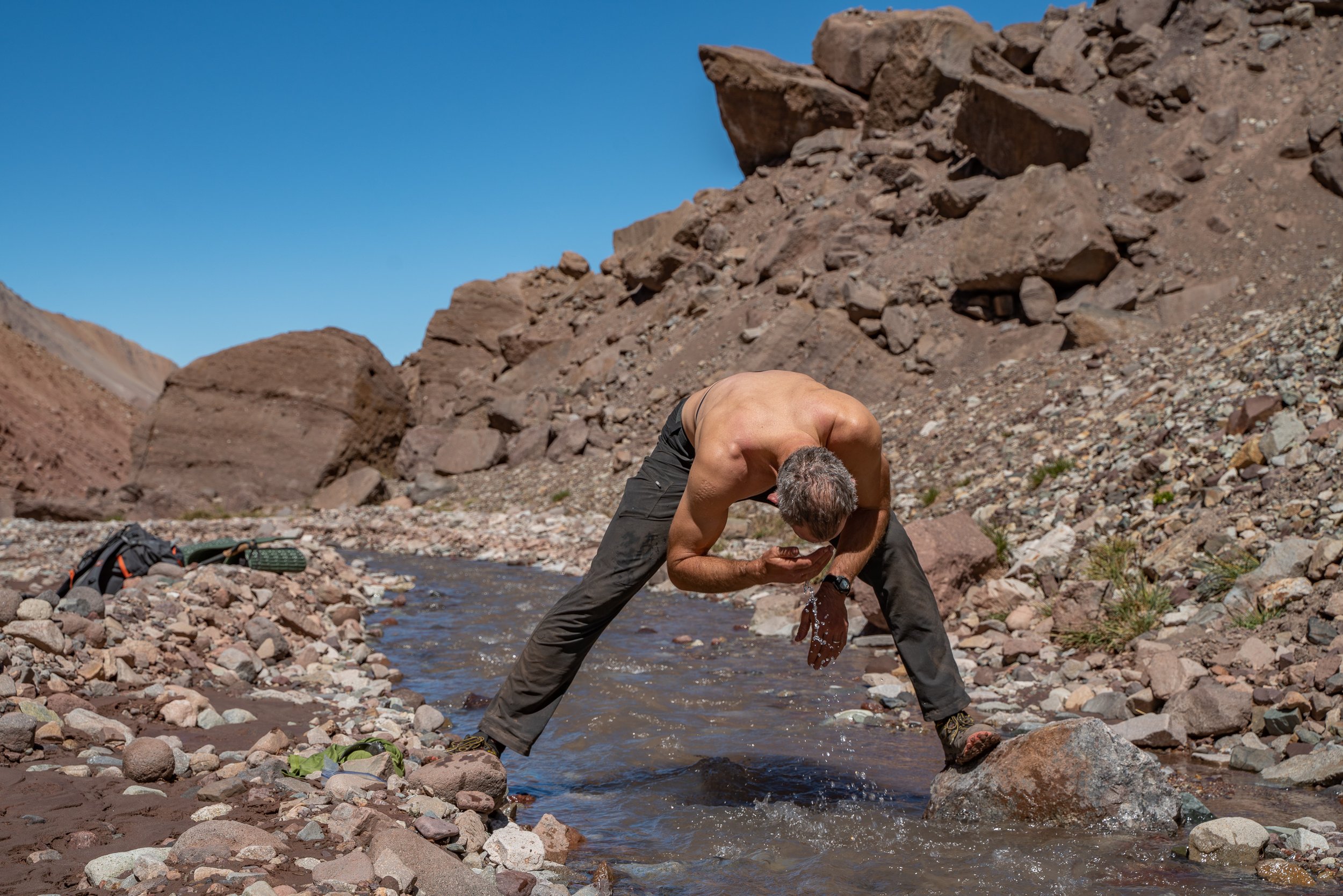
TUPUNGATO EXPEDITION
Highest Weather Station in the Southern and Western Hemispheres Installed Near the Summit of Tupungato Volcano in Chile
Data from the weather station will aid Chilean communities in weather modeling and water resource management.
Press release by NATIONAL GEOGRAPHIC SOCIETY
April 26, 2021
Washington, D.C. — National Geographic announced placing a weather station just below the summit of Tupungato Volcano in Central Chile at 6505m with the support of Rolex as part of their partnership — making it the highest weather station in the Southern and Western hemispheres.
Under the name Perpetual Planet Expeditions, National Geographic and Rolex support expeditions such as Tupungato to explore the planet’s most critical environments. The partnership harnesses world-renowned scientific expertise and cutting-edge technology to reveal new insights about the impacts of climate change on the systems that are vital to life on Earth.
National Geographic collaborated with the Government of Chile, through the General Water Directorate of the Ministry of Public Works, on the expedition to Tupungato Volcano to explore one of the most vulnerable water towers in the Andes. Since 2010, Santiago and central Chile have faced the longest drought in modern meteorological record (since 1915). With a population of more than 6 million people, Chile’s capital city of Santiago relies on the Southern Andes water tower, which includes Tupungato, the highest mountain of the Maipo basin, for its water supply.
The new weather station collects near-real time meteorological data, which will aid the international scientific community and the government of Chile in weather modelling and water resource management. It is complemented by three lower automatic weather stations that were installed in 2019 at ~4,350m (at the upper Aconcagua basin 70 km northeast of Santiago); ~4,425m and ~5,575m on the neighboring volcano of Tupungatito.
“Tupungato Volcano is one of the highest mountains in the Andes and has been relatively under sampled from meteorological, glaciological, and geological perspectives,” said Baker Perry, National Geographic Explorer, Professor at Appalachian State University and expedition co-lead. “There is an urgent need for weather observations from the highest reaches of the planet where large quantities of snow and ice remain but are increasingly threatened by climate change. I’m excited to see the scientific findings that will occur as a result of this weather station.”
“The Tupungato Volcano station is the most recent addition to our National Glaciological Network of the General Water Directorate of Chile (DGA), and will fill a much-needed data gap of critical information necessary for understanding the hydrological relevance of the high altitude water towers of the Andes in Central Chile,” indicated Oscar Cristi, Director of DGA.
The 2021 National Geographic and Rolex Perpetual Planet Tupungato Volcano Expedition complements a previous expedition to Mount Everest in 2019, the largest scientific expedition ever undertaken to the world’s highest mountain. Perry was also a member of the Mount Everest expedition team and helped install the highest weather station in the world.
“Both expeditions are critical to learning about some of the most iconic — and least understood — environments on our planet,” said Nicole Alexiev, Vice President of Science and Innovation at National Geographic Society. “Through our partnership with Rolex to study and explore Earth’s critical life support systems, our ultimate goal is to use the new information and data gathered from the expeditions to support and elevate solutions that can help restore balance to our ecosystems.”
The 2021 National Geographic and Rolex Perpetual Planet Tupungato Volcano Expedition is providing critical insights to help scientists, decision-makers, and local communities plan for and find solutions to the impacts of climate change on mountain systems and the water resources they provide to nearly 2 billion people around the world.










































